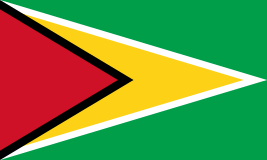
Visa and entry requirements Guyana:
Passport required
No visa is required
Information from the Foreign Office about your trip to Guyana:
https://www.auswaertiges-amt.de/de/guyanasicherheit/220348
Guyana is a country in northern South America with around 750,000 inhabitants. It borders Brazil to the south, Venezuela to the west, Suriname to the east and the Atlantic Ocean to the north.
The Guiana Mountains rise on the country's border with Venezuela and Brazil, with the 2,810 meter high Roraima-Tepui mountain as the highest point, after which the state was originally named.
Almost 86% of the national territory is sparsely populated tropical rainforest; the climate is predominantly tropical with significant rainfall. The country's only agricultural cultivation areas are located in the alluvial zone, which is up to 65 kilometers wide, where rice, sugar cane, coconuts and citrus fruits, among other things, are grown.
There are countless waterfalls in Potaro National Park. By far the most famous of these are the 225 meter high Kaieteur waterfalls.
The Guyanese population is predominantly located in the coastal regions, while only a few Indian tribes live in the highlands. Around 60% of all residents of Guyana profess Christianity and around 30% adhere to Hinduism. The Indian communities in the higher regions practice their own religions.
The main language spoken in Guyana is English, along with a few Indian and various Indian languages. The official national currency is the Guyana dollar, with 1 euro equaling around 230 GYD. However, the Guyana dollar is not usable outside the country.
Guyana's economy is based primarily on agriculture and mining. The state has one of the world's largest reserves of bauxite, its most important export product. The country's other important export goods include gold, manganese ores, diamonds, sugar, rice, shrimp, rum and wood.
However, large parts of the forest were cut down to extract these mineral resources.
The country's largest cities include Georgetown, Linden, New Amsterdam and Anna Regina.
Georgetown is the capital of Guyana with around 35,000 inhabitants in the urban area and around 150,000 inhabitants in the agglomeration. The city is the political, economic and cultural center of the country as well as the seat of the Caribbean Community. Georgetown is often referred to as the Garden City of the Caribbean.
Georgetown offers a cityscape full of different contrasts. While the city center consists of several representative old colonial buildings, the outskirts are more characterized by corrugated iron huts.
The city's seaport is also the main port of Guyana, from where a large proportion of export goods are shipped.
Georgtown receives nearly 500,000 visitors annually, accounting for approximately 90% of all tourism in Guyana.
The most important sights in Georgetown include the Parliament Building, St. George's Cathedral - with the 45 meter high tower, one of the tallest wooden churches in the world, the Botanical Gardens with its many flame trees, the wooden town hall, the colonial-style Parliament Building, the cricket stadium , Victoria Law Courts, the International Convention Centre, the Harbor Bridge, the Stabroek Market and the wide Laluni Street.
In August 2015 I visited Guyana for the only time so far for two days, exclusively the capital Georgetown. Coming from Suriname, the country was one of my last stops on my big Caribbean tour.
Actually, my arrival early on a Sunday morning was quite thankless, but things turned out differently than expected. When I and my friend set off on a city tour immediately after moving into our hotel room, there wasn't really much going on in the city at the time. We were able to take a leisurely look at the many interesting and colorful colonial buildings. The snow-white St. George's Cathedral, one of the largest wooden churches in the world, was actually really impressive. For me it is one of the most beautiful I have seen of this kind in the world. The parliament building, some other interesting churches and the wooden town hall were also fantastic photo opportunities.
The only little movement in the capital until the afternoon was around the Stabroek market, but I had actually seen enough markets in the weeks before.
In the early evening, however, the entire cityscape would change fundamentally. After we had now met hundreds of residents in local costumes, we realized after a quick inquiry that this day was a public holiday in Guyana. Luckily there was also a huge folk festival taking place and the evening was saved. Of course, my friend and I were the only two white people at the festival and therefore a small highlight for many festival visitors.
The people at the big festival were so incredibly friendly, open to every photo request and even extremely generous. It was a really nice and unforgettable evening that I will remember forever.
I now associate this one wonderful evening with Guyana, even though I haven't seen anything else apart from the capital. Meeting the great, cheerful, honest and funny people of Guyana, who definitely had some problems in their everyday lives, was a truly lasting experience for me.
The next day we continued our Caribbean tour together, on to Caracas in Venezuela.

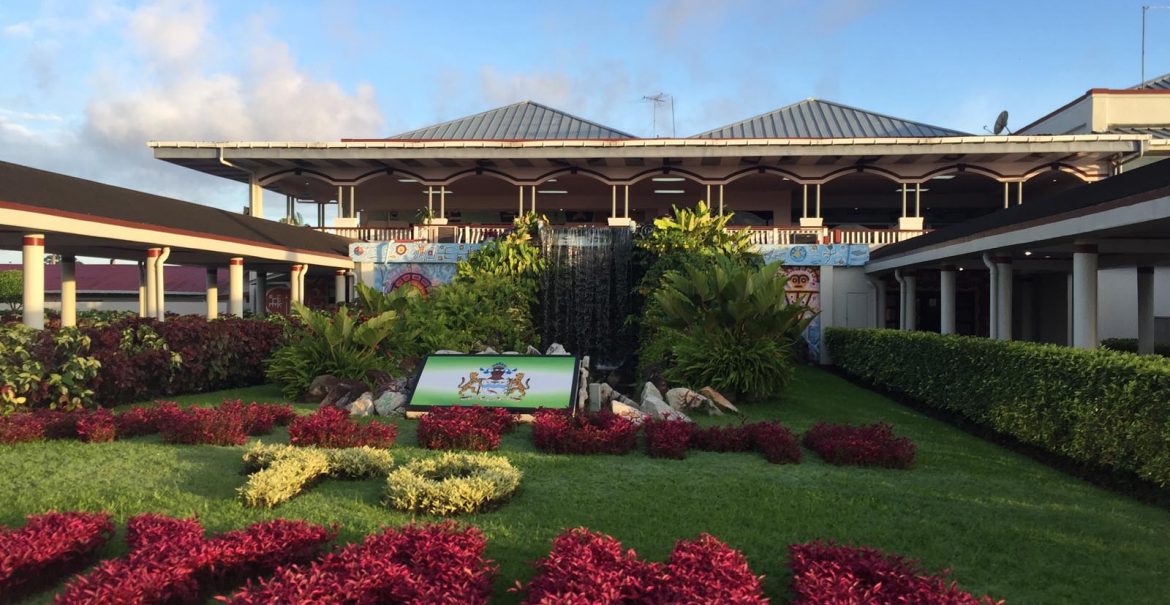



















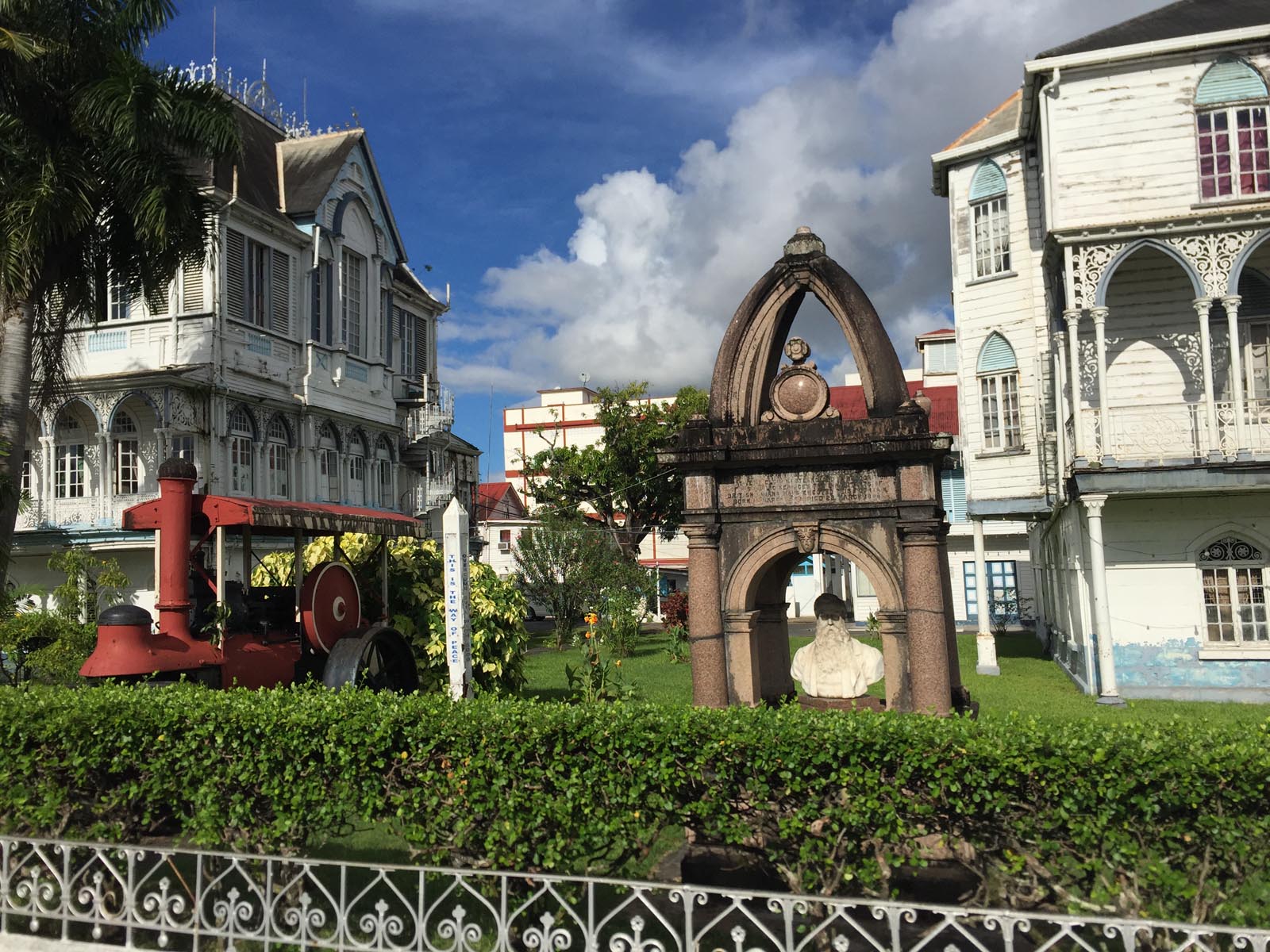


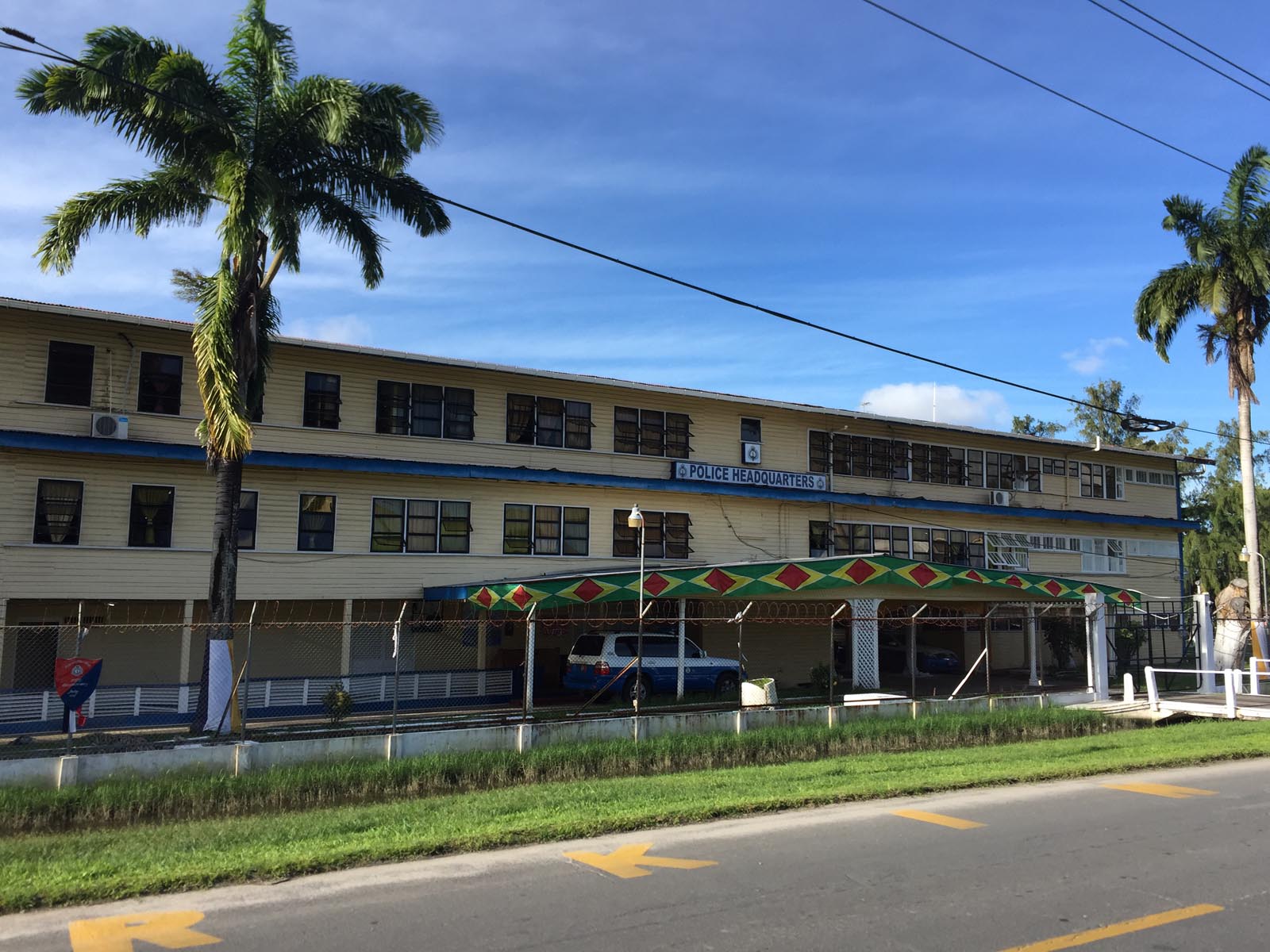








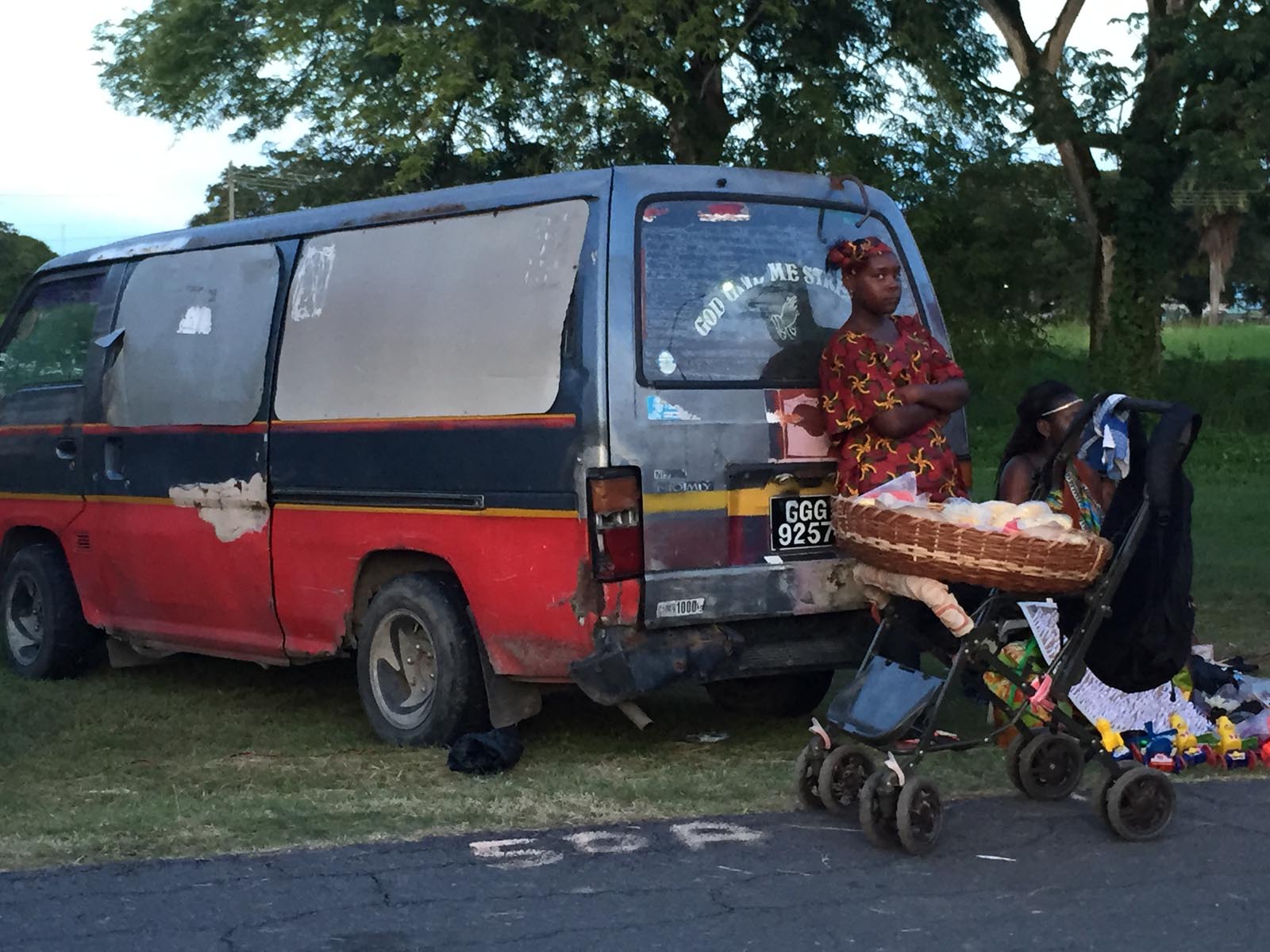


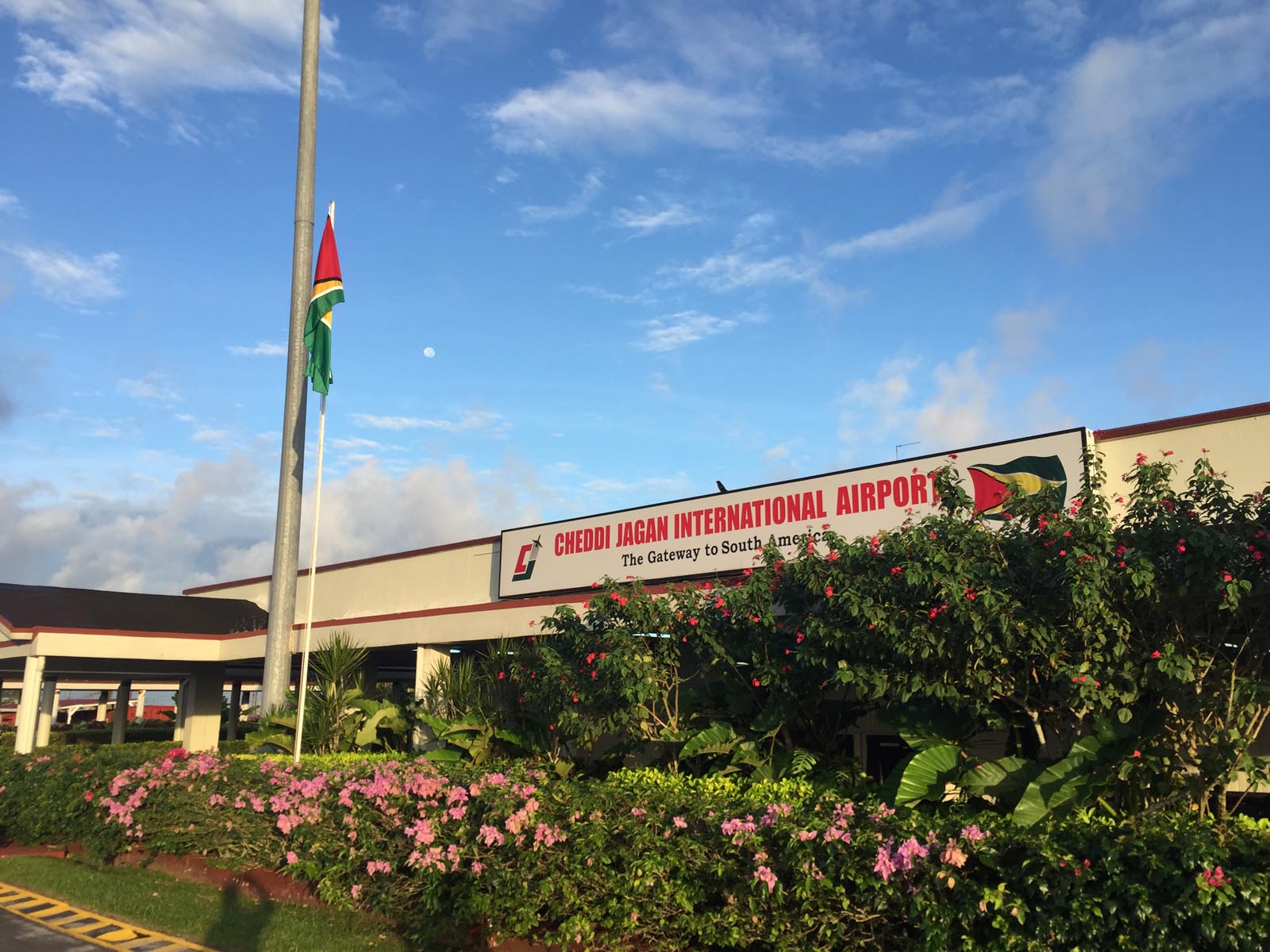







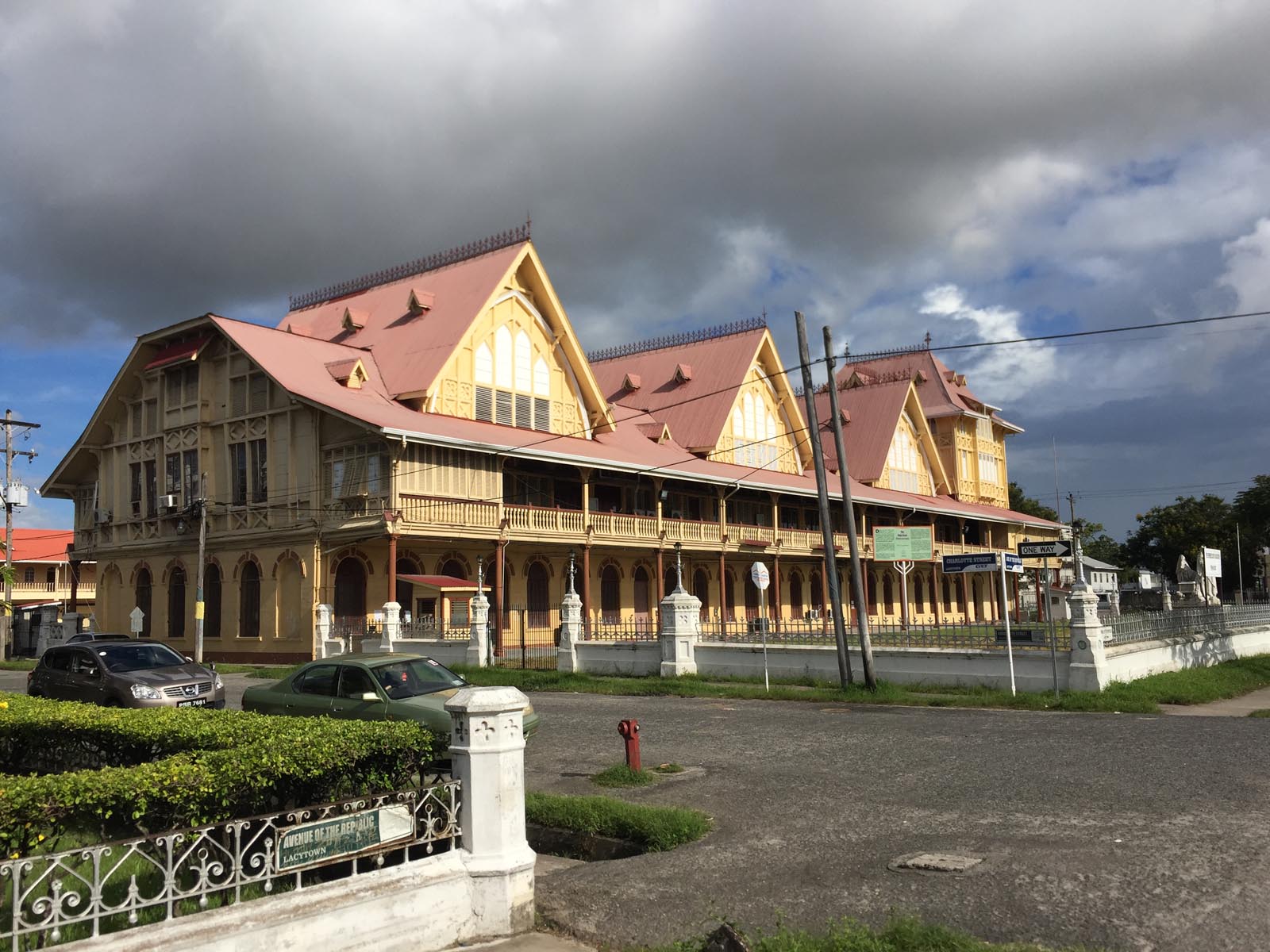



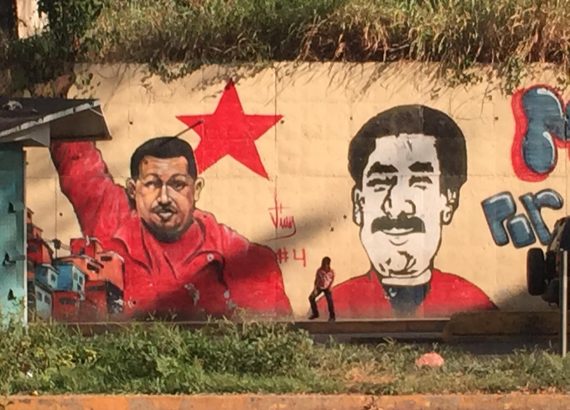
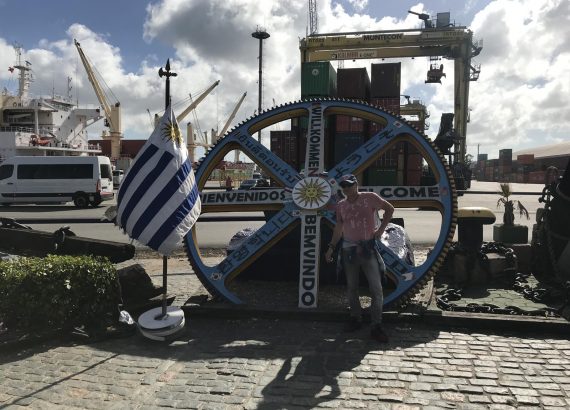
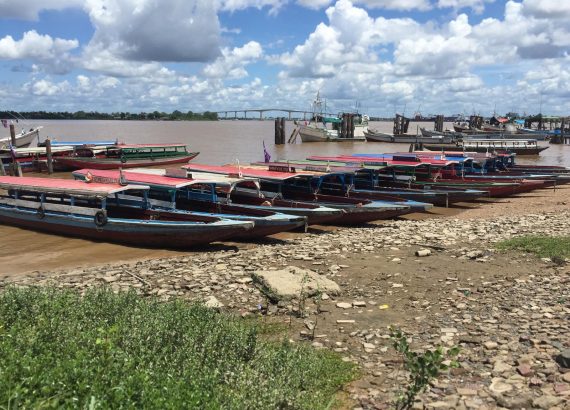
No Comments